
By: Wonder Guchu
Namibia Critical Metals Inc. says their positive preliminary economic assessment shows the Lofdal Heavy Rare Earth Project in Namibia has the potential of producing a significantly larger annual run-of-mine and plant throughput of 2 million tonnes per year.
The Lofdal heavy rare earth project is 450 km northwest of the capital city of Windhoek in the Kunene region of northwestern Namibia.
The government of Namibia issued Namibia Critical Metals a mining licence (ML 200) in July 2022.
The Mining Licence is valid for 25 years through to 10 May 2046 and is issued to the Company’s 100% owned subsidiary, Namibia Rare Earths (Pty) Ltd.
Lofdal is a joint venture between the Company and Japan Oil, Gas and Metals National Corporation (JOGMEC).
Namibia Critical Metals Inc. is a Canadian public company listed on the TSX Venture Exchange which holds a diversified portfolio of critical metals projects within Namibia.
Namibia Critical Metals owns a 95% interest in the Lofdal Project, with the remaining 5% held for the benefit of historically disadvantaged Namibians.
JOGMEC is an independent Japanese government administrative agency seeking to secure stable resource supplies for Japan. JOGMEC has a strong reputation as a global long-term strategic partner in mineral projects.
It facilitates opportunities for Japanese private companies to secure supplies of natural resources for the benefit of the country’s economic development.
According to the preliminary economic assessment (PEA), the Lofdal deposit has the potential to significantly produce dysprosium and terbium, two of the most valuable heavy rare earth elements.
Dysprosium is used in nuclear reactors as a cermet, a composite material made of ceramic and sintered metal, to make laser materials, and nuclear reactor control rods as infrared sources.
Terbium is used to dope calcium fluoride, calcium tungstate and strontium molybdate, all used in solid-state devices. It is also used in low-energy lightbulbs and mercury lamps.
Dysprosium and terbium are also used in small quantities to produce the colours of a phone display.
The economic analysis assumes that the project will be 100% equity financed and uses parameters relevant as of September 2022, under conditions likely to be applicable to project development and operation and analyses the project’s sensitivity to changes in the key parameters.
All costs have been presented in United States Dollars, and wherever applicable, conversion from South African Rand has utilized an exchange ratio (ZAR/US$) of 16.07.
Mining and treatment data, capital cost estimates and operating cost estimates have been put into a base case financial model to calculate the (internal rate of return) IRR and net present value (NPV) based on calculated Project after-tax cash flows.
The scope of the financial model has been restricted to the Project level, and the effects of interest charges and financing have been excluded. For the PEA, the evaluation is based on 100% of the Project cash flows before the distribution of profits to the equity owners.
Both pre-tax and after-tax cash flows have taken 5% royalty payments into account.
At a discount rate of 5%, the project is anticipated to yield a pre-tax IRR of 34% with an NPV of US$632,739,693 and an after-tax IRR of 28% with an NPV of US$390,982,730.
Cumulative cash flows are US$1,110,393,637 pre-tax and US$698,691,741 after tax over the sixteen-year life of mine (LOM).
The project is expected to pay back initial capital within the first 3.2 years.
Darrin Campbell, President of Namibia Critical Metals, stated: “This is a significant step forward in establishing Lofdal as a world-class heavy rare project and a globally significant potential supplier of Dysprosium and Terbium, the two most valuable rare earth metals.
This strong economic analysis supports the continued rapid development of Lofdal, and we are moving forward with the following steps, including a Pre-Feasibility Study of this extended mining operation over the next few months. This robust economic assessment is only on 50% of our existing resources, and we believe there is still considerable upside in exploration. Currently, processing test work continues, and it is expected to improve recoveries in all processing steps significantly. This will allow the Lofdal project to become one of the major future sources of dysprosium and terbium globally.”
The Company mined 34,500 tonnes of mineralized material from a central Area 4 deposit starter pit in October 2021. A 500-tonne sample was taken from the mineralized zone at a depth between 12 and 15 metres to minimize the effects of surface-related oxidation. The material was blended to provide homogenized samples representing the broader deposit at a grade of about 0.187% TREO for bulk sample test work.
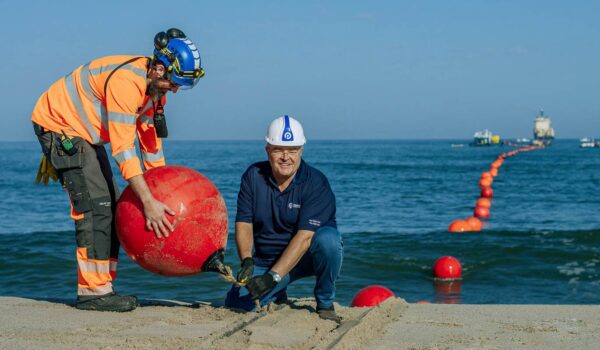
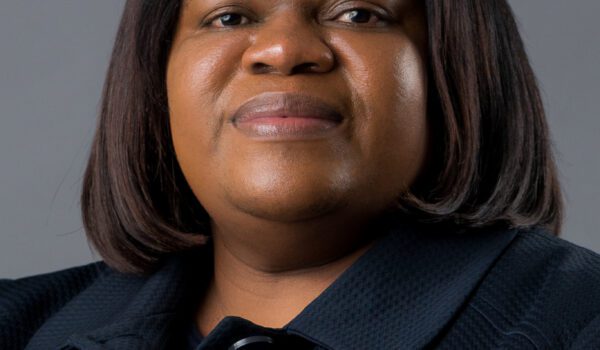
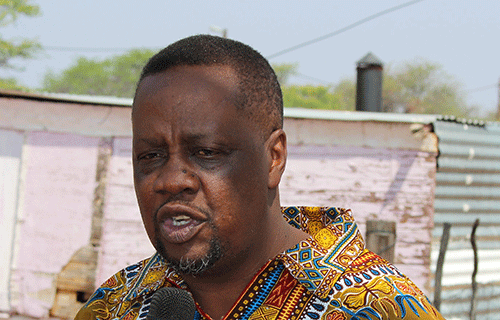
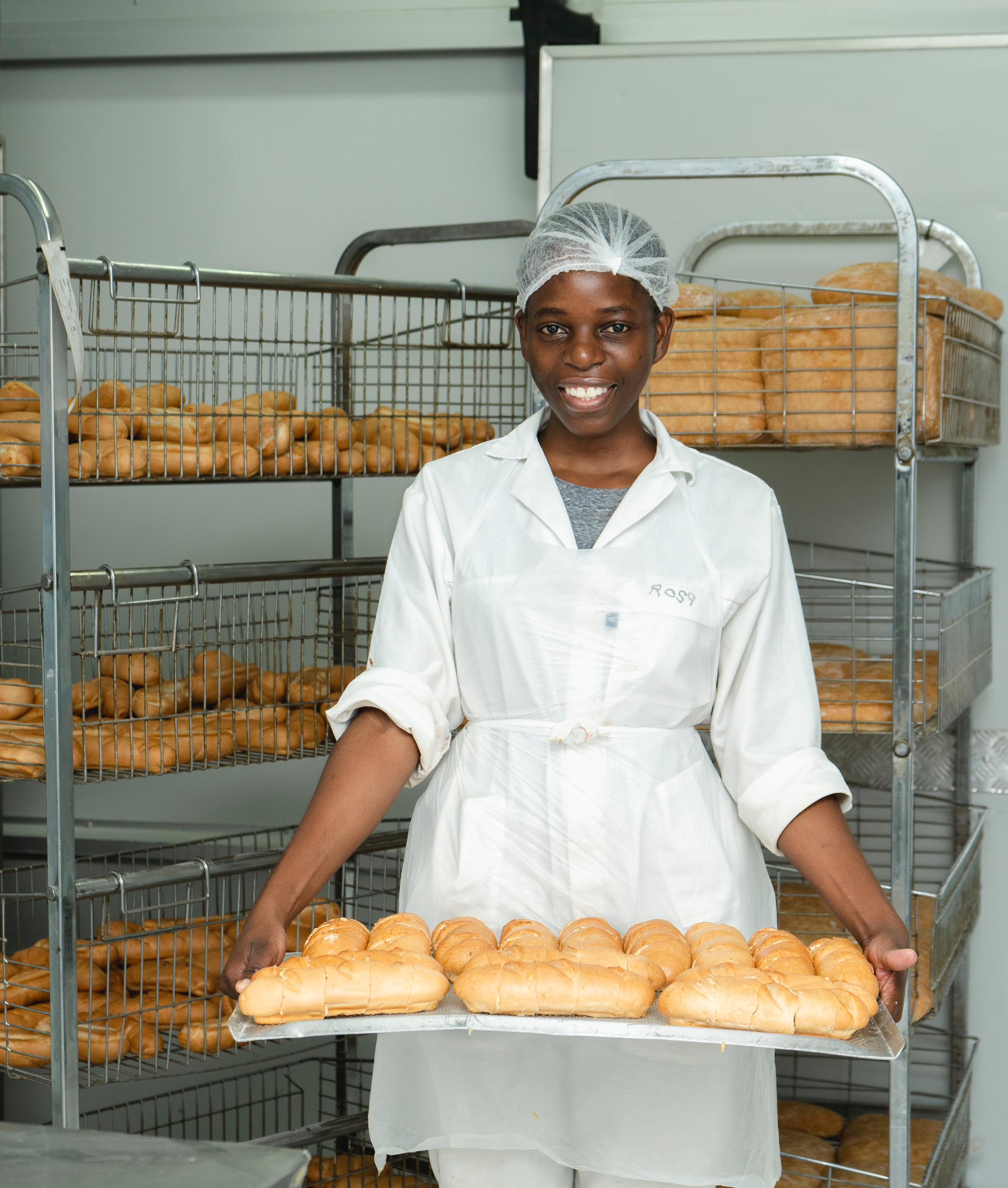
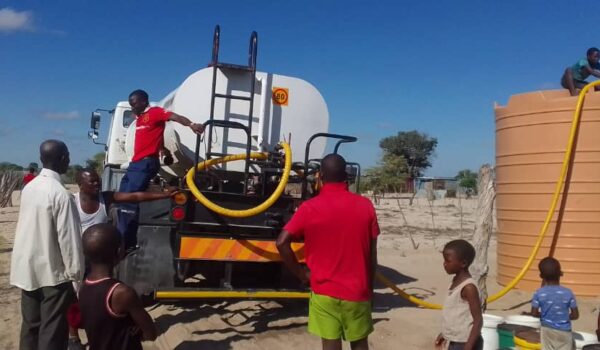
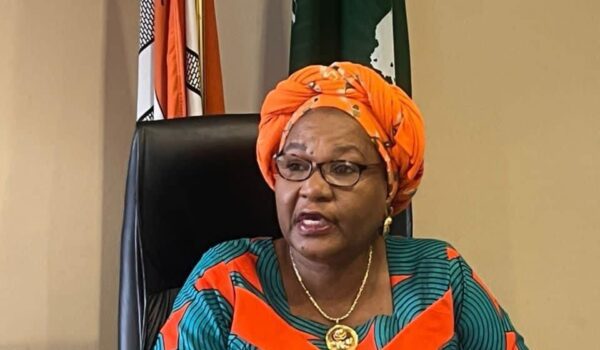
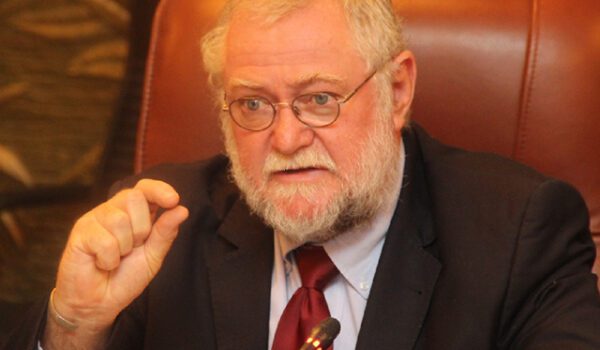
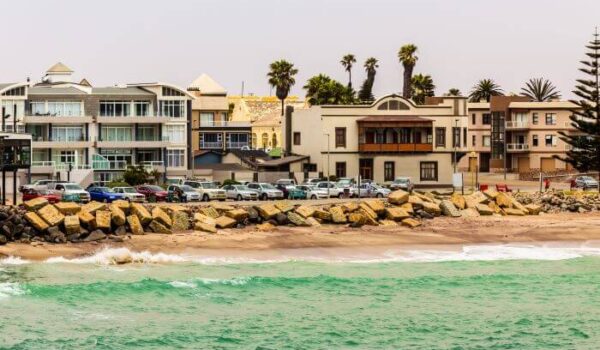
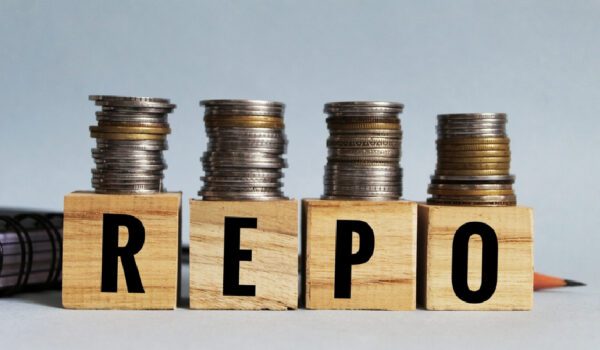
Comments